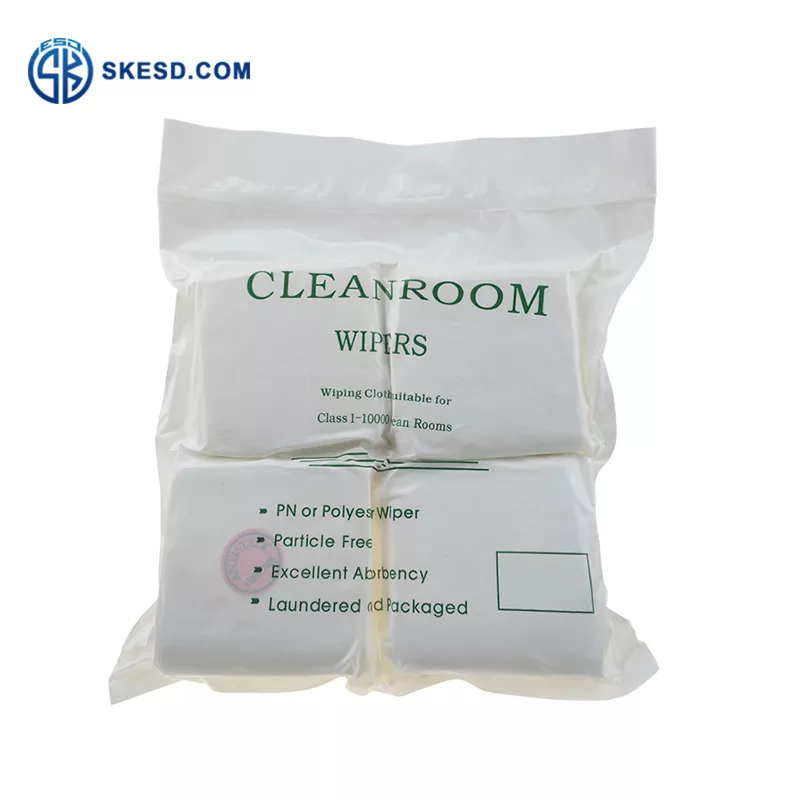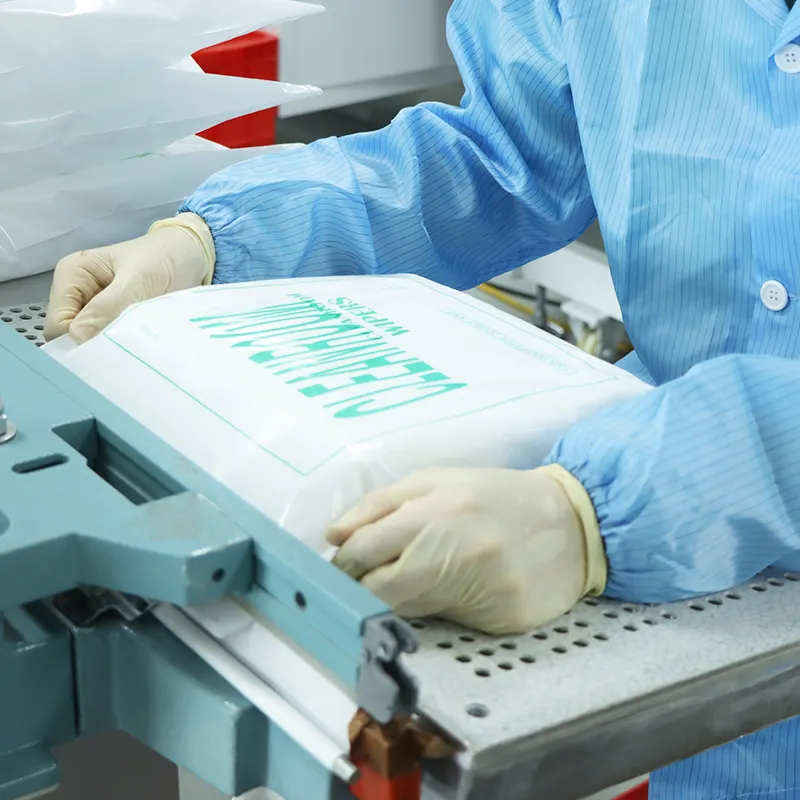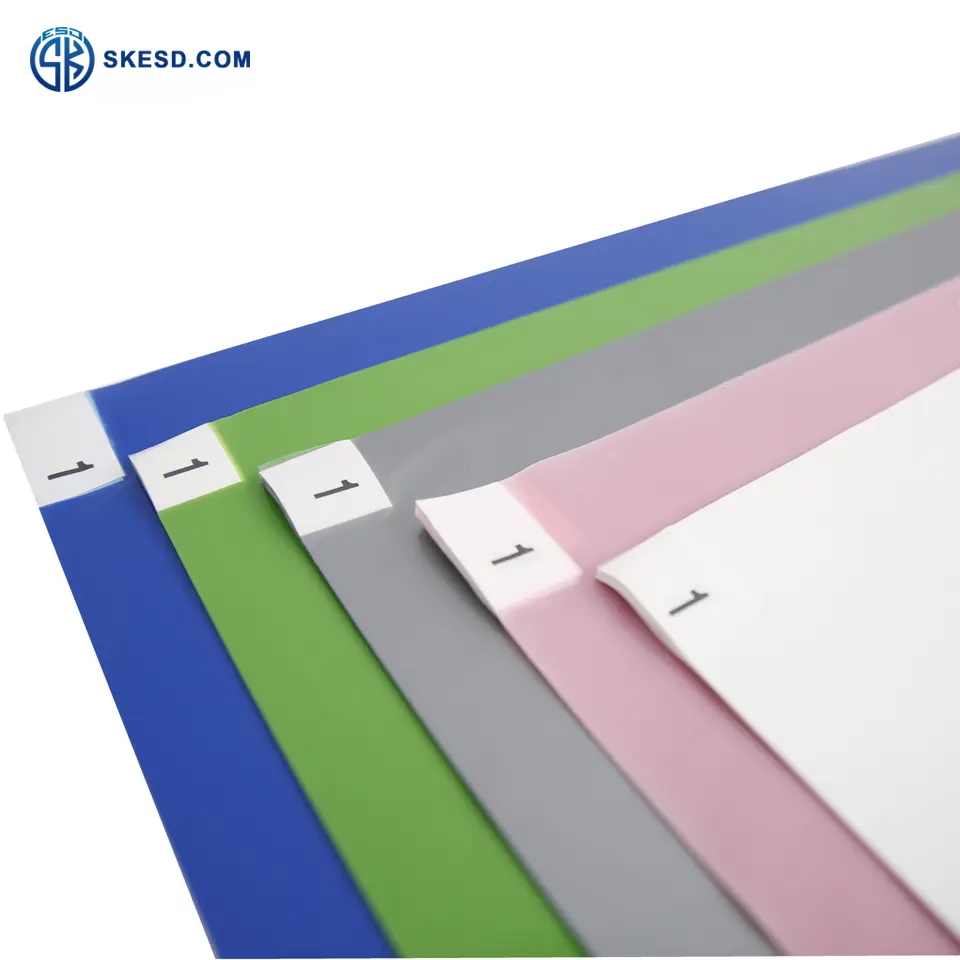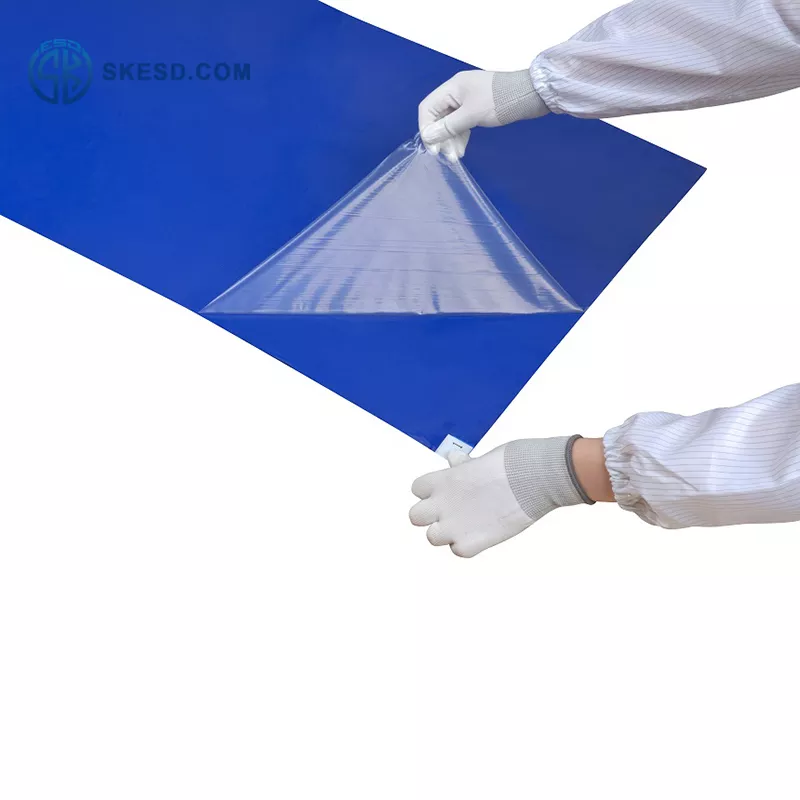Cleanroom wipes are typically designed for single-use and are not intended to be reused. This is primarily due to the risk of cross-contamination that can occur when a used wipe is reused. Cleanroom wipes are specifically engineered to effectively remove contaminants from surfaces, and once they have been used, they may contain particles, residues, or microorganisms that can compromise the cleanliness of subsequent surfaces.
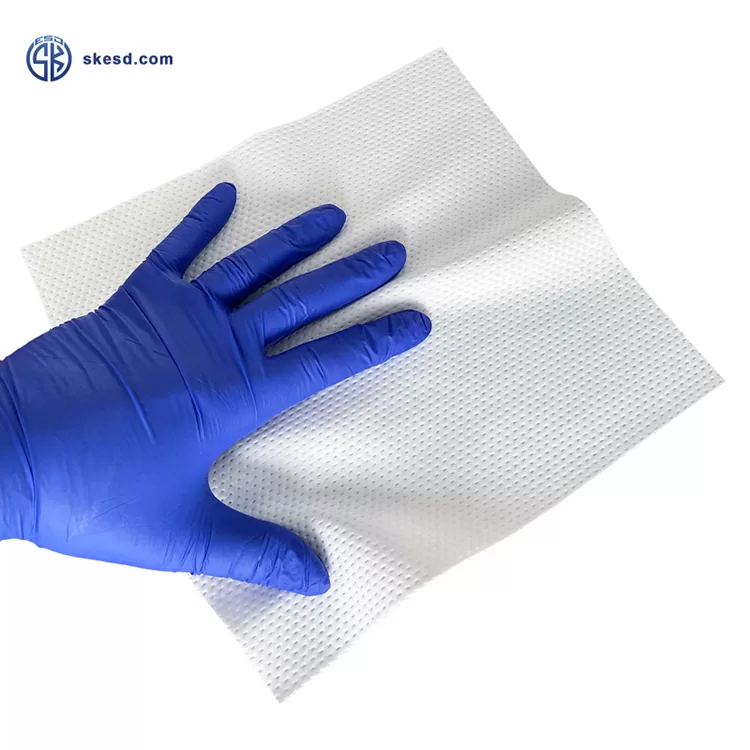
Reusing cleanroom wipes can introduce additional contaminants into the environment and compromise the integrity of critical processes. To maintain the highest level of cleanliness and minimize the risk of contamination, it is recommended to use a fresh, clean wipe for each cleaning or wiping task.
Additionally, cleanroom wipes are often manufactured using materials that may not withstand the rigors of laundering or sterilization required for reuse. Reusing wipes can compromise their structural integrity, absorbency, and particle control capabilities, rendering them less effective in maintaining cleanliness.
It is important to follow the guidelines and protocols established within each industry and specific cleanroom environment. These guidelines typically recommend the use of single-use cleanroom wipes to ensure optimal cleanliness, reduce the risk of contamination, and adhere to regulatory requirements.
By using fresh cleanroom wipes for each cleaning task, industries can maintain the highest standards of cleanliness and minimize the potential for introducing contaminants into their controlled environments.
Related Products:
continue reading

